Boutique coffee ≠ pure handmade! How can the machine be used in the harvest and processing of boutique coffee?
Professional coffee knowledge exchange more coffee bean information please follow the coffee workshop (Wechat official account cafe_style)
Sometimes boutique coffee is difficult to get rid of the established impression of refinement and niche, most people's perception is that the best things and the best coffee should be made by hand, not by machine.
It is undeniable that labor is indeed an indispensable part of high-quality coffee, but machines can still be used to maintain the stability of high-quality coffee and may even improve its quality. so why don't we know more about every instrument that can be used to help us?
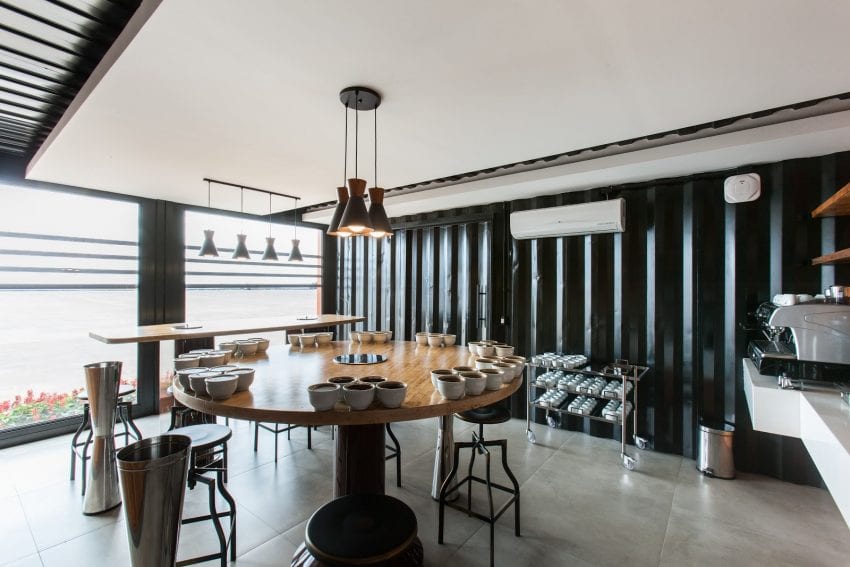
To find out what role machines can play in the boutique coffee industry, the author interviewed experts at Ipanema Coffees and landowners in Brazil.
What kind of machine can be used in coffee harvest and processing?
Let's first look at the process of coffee from a coffee tree to a coffee bean bag.
1. Harvest
Coffee fruit is harvested from coffee trees and can be done manually or by machine.
Christiano Borges, chief operating officer of Ipanema Coffees, said: "the best coffee comes from perfectly ripe fruit, but it is almost impossible to harvest fully ripe fruit or pay a very high price."
Large coffee-producing countries such as Brazil usually use machines to harvest coffee, while smaller producers usually have uneven terrain in their farms, so they use manual harvesting. The challenge of machine harvesting is that it is difficult to master the fruit maturity during harvest.
When manual harvesting is used, producers can select only ripe fruit and leave immature fruit on the tree for later harvest, while shaving off overripe or defective fruit. (however, not all small farmers will do this, and some will use a faster method of harvesting branches, in which the fruit of the whole branch will be uprooted at once and collected on canvas bags spread on the ground. If you do so, all the fruits, leaves and branches of the tree will be collected at the same time, and such coffee will be defined as commercial grade coffee. )
If you use a machine to harvest, the producer is also unable to confirm the maturity of the overall fruit. However, such producers can choose the date of harvest to ensure that the highest percentage of mature fruit can be harvested. Some producers will also arrange the harvest date according to different batches.
However, this does not necessarily mean that machine harvesting is not suitable for fine coffee, it is just that the harvested fruit needs to take more time to screen for maturity, and producers must measure which method is more efficient. Reduce the labor cost at harvest, accelerate the speed of coffee harvest, or reduce the rate of poor quality fruit at harvest time, but this is usually related to the size of the farm and the economic situation of the producing area.
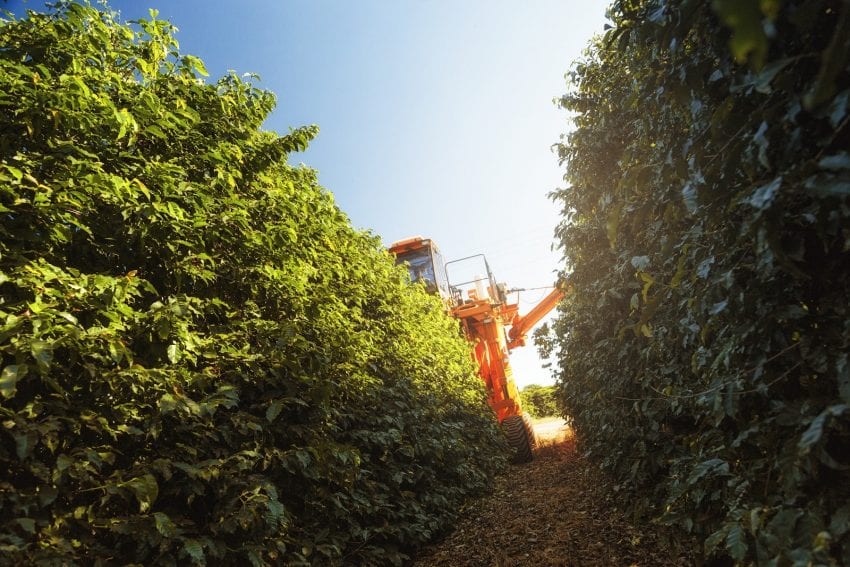
two。 Treatment plant
Eduardo Tassinari, director of agriculture at Ipanema Coffees, cited their approach as an example: "when coffee fruits are collected, they first go through a washing process, and it is actually a separator. Lighter coffee fruits float on the water because of their lower density, while ripe fruits sink and transfer to another machine because of their higher density."
But this is not the only machine the company uses in this program. A few years ago, they launched the Premiere Cru project in Brazil, which aims to produce a large number of flavor-rich boutique coffee and micro-batches, but to process the coffee on a large scale without sacrificing quality and consistency, and this goal led them to turn to machine assistance.
They worked with JM Estrada, a Colombian coffee maker, to develop dry and wet processing equipment for Brazilian conditions. They are also working with MultiScan, a Spanish company, to use machines originally developed to separate fresh olives and apply them to coffee.
Christiano said: "these machines basically have two main goals, one is to screen, that is, separate coffee beans, based on maturity, size, weight, color to find the best quality coffee. On the other hand is the dryness of coffee. "
When your coffee is defined as boutique coffee, be sure to use the best quality fruit. On small farms, this is usually done manually. Workers will check the fruit by hand at each stage, classify the fruit according to quality, and remove any fruit that does not meet the standard.
But once a large amount of fruit is processed, the machine can assist in manual selection and reduce the problem of human error.
Machine grading is also particularly useful for some batches. "We know the potential of each area of the farm and prioritize the area's concerns according to its potential, including the placement of equipment and processes to get the best benefits from each region," Christiano said.
Luis Guillermo, design director of JM Estrada, said: "I think machines play an important role in processing coffee with high quality, because the coffee after harvest can be screened by high-tech machines. The quality of coffee depends on the good management of the farm and the combination of coffee processing and high technology after harvest. "
3. Treatment method
If this part is solarization, it is direct sunshine. However, if it is washing or honey treatment, the treatment process is very different.
"the second piece of machine equipment is the pulp remover, which removes the flesh of coffee beans through friction," Eduardo said. However, because the flesh of immature fruit will be hard, only ripe fruit will be peeled. The unpeeled immature fruit will still be retained and used in the country's domestic market to reduce the waste caused by screening. "
Eduardo explained that the "peeled" coffee goes directly to the honey-treated sun, while the washed coffee goes into the fermentation tank to remove the residual pectin layer and substance. Careful monitoring can ensure that the degree of fermentation of coffee beans is controlled and consistent results.
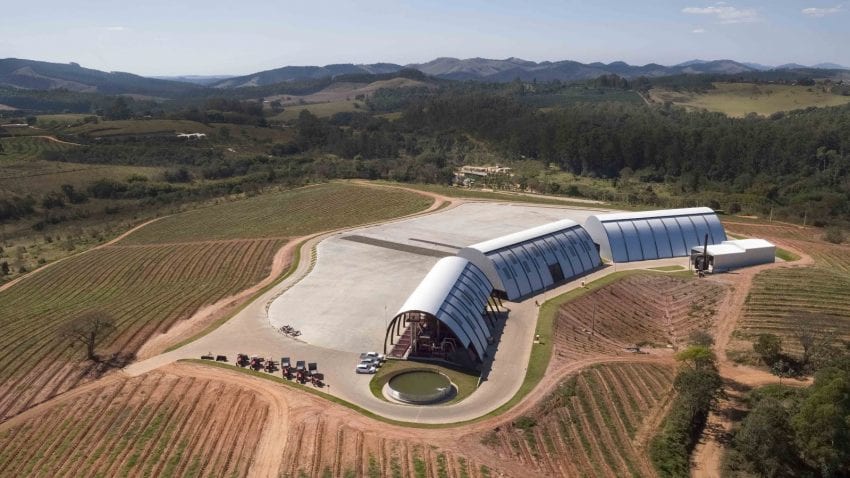
4. Drying
Poor drying procedures will reduce the positive effects of harvest and treatment. Too high moisture content can lead to mildew, uncontrolled fermentation and inconsistent taste. If the baker finds that the purchased batch contains more moisture than expected, because they pay for the beans by weight and the water is not light, I believe the baker will be very unhappy.
Coffee beans can be dried by machine in greenhouse or in sunshine. If machine drying is not used, scaffolding is needed to assist in the drying process.
Eduardo said that a slow drying process is the key to the quality of coffee, but it also depends on how the coffee is treated, and it may be the best choice if you can alternate between machine and labor.
Considering the local climate and environmental conditions, it is also important to speed up the drying process in many areas to avoid moist or uncontrollable fermentation processes, especially in humid environments or with pulp.
Rodrigo Rodrigues, Ipanema Coffees's industrial director, agrees. "there are still people using very traditional technologies," he said. For example, 100% sun-dried coffee. And we sometimes use this approach. "
"it is possible to produce good coffee in the traditional way, but it takes a lot of time and takes a lot of risk. If you dry 100% on the scaffolding, the scaffolding will be exposed to the sun, as well as Rain Water and moisture. So, can producers do it? Yes, it is, but it is difficult. "
Therefore, when working on a large scale, he prefers to mix machines with manpower. Most of the company's coffee batches are slowly dried in the sun at first. however, the drying process is finally done in the machine to control the temperature and moisture content more accurately.
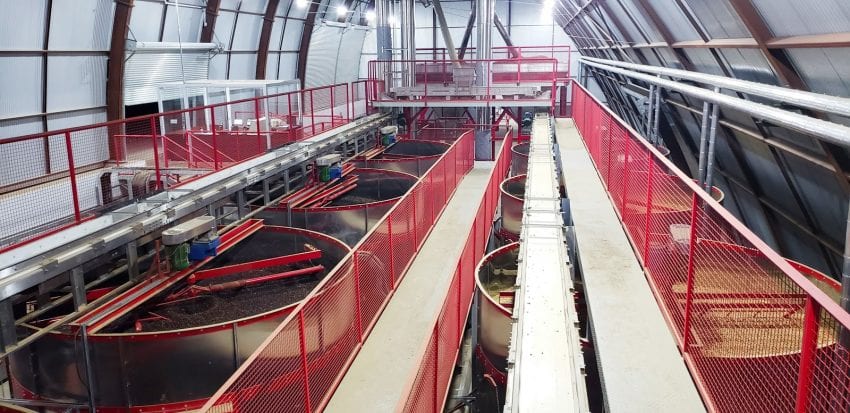
5. Shelling and grading of coffee
Eduardo said: "when the coffee is dry, it will be stored at rest, and after at least 30 days or more, it will be transferred to the drying plant. At Ipanema Coffee, machines are used to remove sheep skin (hard shells) and instruments are used to grade coffee beans according to size. "
What if there is human error?
No matter how good the machine is, there is no way to produce the best coffee if someone makes a mistake.
Rodrigo said: "when we used the new machines to process coffee in our first year, we contacted closely with technicians who knew about these machines and analyzed these operating procedures to understand how the machines could best help the coffee production process. These devices are very good, but if you do not calibrate the machine correctly, or do not fully understand it, the result may be very bad. "
Sometimes the machine can be calibrated well, but it may only be suitable for handling certain types of coffee. "the first machines on the washing production line are pre-screening and cleaning machines that remove all impurities from the harvested coffee fruit, including leaves, branches, soil, dirt, etc." Rodrigo said.
These machines, if used properly, can strengthen the relationship between farmers and bean bakers. Stephen Hurst, general manager and founder of UK-based coffee supplier Mercanta, said: "A seemingly trivial problem, such as small stones or metal fragments, while removing these debris is not the biggest problem for large baking companies or factories, for many customers, this troublesome preparation is a disaster and nightmare."
"if the stone is roasted and packaged with the coffee beans and sent to the shops or consumers, it will cause damage to the bean grinder. This bad example is endless in our existing society. So it is best to ensure that the boutique coffee beans have defects close to zero, and it is necessary to carefully screen them through machines such as color sorters."
He added: "We have hundreds of potential suppliers in Brazil, including a small number of boutique coffee farmers. Companies are used to choosing who they want to buy. As a result, Ipanema's new equipment for Rio Verde is not only expensive to use and research, but also helps to reduce the size of screening when farmers provide coffee beans with many of the same conditions. "
However, it is not enough for producers to invest in such machines. It is important to know how to calibrate it. Rodrigo said: "these machines can bring high efficiency, can adjust the machine air flow, so that the air flow to achieve the effect of vibration, helping to remove these impurities." Therefore, if you are dealing with very dirty coffee and a lot of foreign bodies, you need to adjust the machine settings. If the coffee contains less foreign body, another adjustment must be made. "
The machine requires human expertise to be accurate, set according to the processing needs of each batch of coffee, and ensure effective operation.
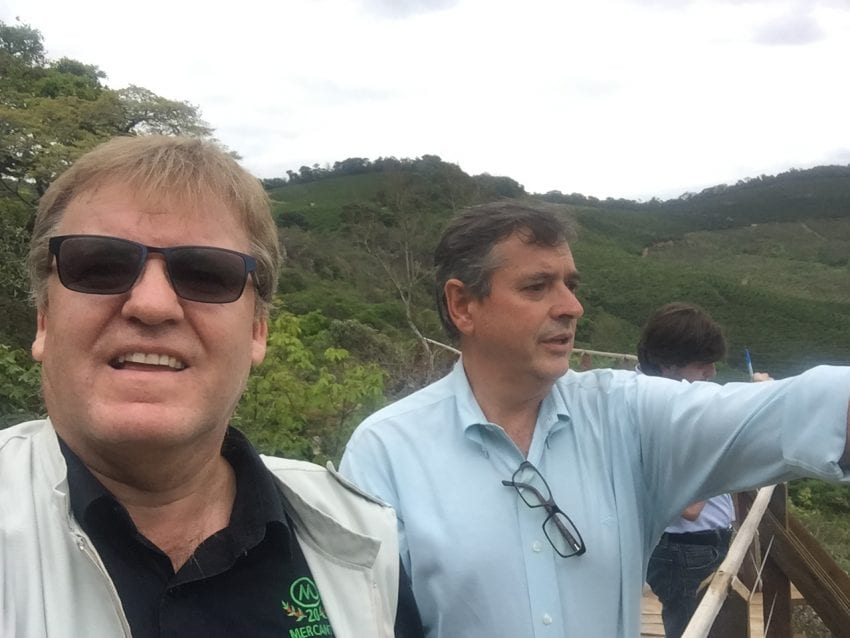
Different situations have different solutions
It's not just different batches of green coffee beans that need to be processed differently; every coffee-growing region in the world has its own unique climate and production culture, which will determine how coffee is processed on farms and in factories.
Luis worked to develop machinery in Colombia that could be applied to coffee farms in Brazil in cooperation with Ipanema Coffees. He said he had to do a lot of research on Brazilian coffee processing, and Ipanema Coffees was also working on Colombia coffee processing to better understand the application of machines to processing.
"Our machines have been adjusted to improve the efficiency of quality screening, making Rio Verde farms more productive than the rest of Colombia, because in Colombia the general treatment is more suitable for small farmers, while in Rio Verde farms the machines are suitable for processing large quantities and high quality coffee," he said.“”
There are other factors that can affect the ideal harvest and handling method. Steeper slopes can make harvesting equipment more difficult to operate because coffee trees may grow close together or out of rows.
Coffee processing equipment is not plug-and-play equipment. It is important that producers understand exactly what it is designed for and how best to apply it to specific farms and coffees.
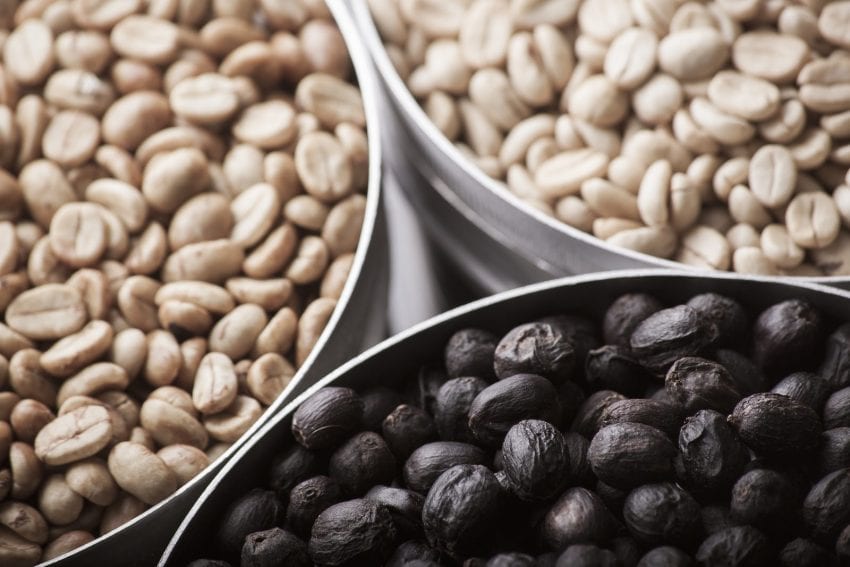
Andrey Savinov is the general manager of SFT Trading, a Russian supplier of raw coffee beans based in Moscow. "over the years, we have become accustomed to the idea that microbatches are to a large extent the treasure of nature," he said. One year, it may appear on a particular farm. But it could easily disappear next year. " The opposite is true of Ipanema Coffee's Rio Verde project. The author calls it a "micro-batch factory".
He has been buying coffee from Ipanema Coffees for 14 years and says Ipanema's use of machines is part of the reason he is willing to keep buying their raw beans because it ensures that the quality and flavor of coffee don't vary too much from year to year.
If used properly, the machine may eventually create the consistency and efficiency of coffee. On the contrary, there is the risk of inconsistent quality, which comes not from the quality of the coffee itself, but from the methods of production and handling. The key is still to understand coffee, farms and markets until more precise batches of coffee are targeted. This is the result of manual combination of technology to ensure that the quality is maintained at a high level.
Translated from Perfect Daily Grind
Translated by Cheng Zhen Coffee
END
Important Notice :
前街咖啡 FrontStreet Coffee has moved to new addredd:
FrontStreet Coffee Address: 315,Donghua East Road,GuangZhou
Tel:020 38364473
- Prev
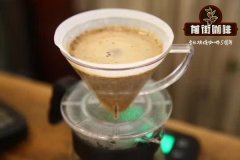
Why does coffee have to be steamed? what's the effect of steaming?
The role of steaming has two main points: first, the use of high-temperature water to promote the emission of carbon dioxide in coffee powder as soon as possible. Because carbon dioxide hinders the process by which water molecules enter the fiber structure of coffee powder and bring out coffee flavor substances. In addition, the release of carbon dioxide will also create some large voids in the powder bed, making the water flow unevenly through the powder bed. Two: let all the coffee
- Next

What are defective beans? Reasons for the formation of defective types of raw beans
What are defective beans? Coffee raw beans are often mixed with impurities and bad beans, and these bad beans are what we usually call defective beans. Raw bean defective type ● all-black beans (FullBlack) ◎ characteristics: whole or local raw beans show a black opaque appearance. Cause of ◎ formation: blackening is caused by excessive fermentation, such as fermentation or odor, dusty odor, mildew
Related
- Beginners will see the "Coffee pull flower" guide!
- What is the difference between ice blog purified milk and ordinary milk coffee?
- Why is the Philippines the largest producer of crops in Liberia?
- For coffee extraction, should the fine powder be retained?
- How does extracted espresso fill pressed powder? How much strength does it take to press the powder?
- How to make jasmine cold extract coffee? Is the jasmine + latte good?
- Will this little toy really make the coffee taste better? How does Lily Drip affect coffee extraction?
- Will the action of slapping the filter cup also affect coffee extraction?
- What's the difference between powder-to-water ratio and powder-to-liquid ratio?
- What is the Ethiopian local species? What does it have to do with Heirloom native species?

